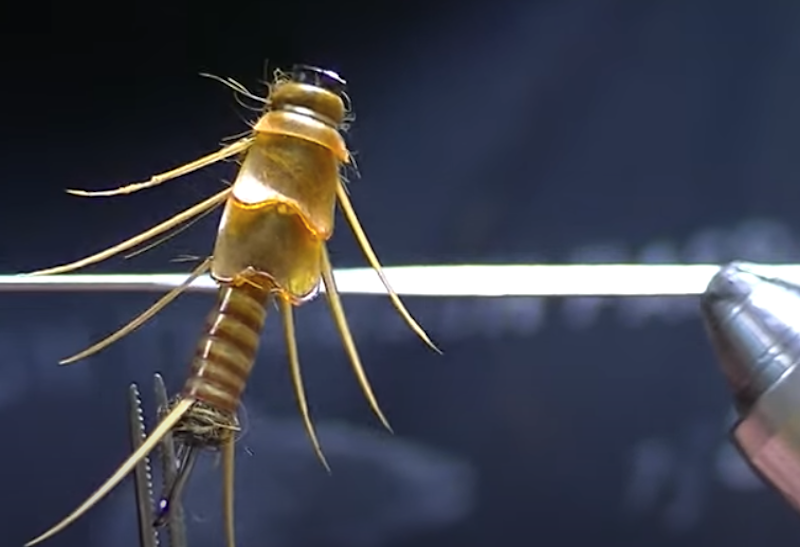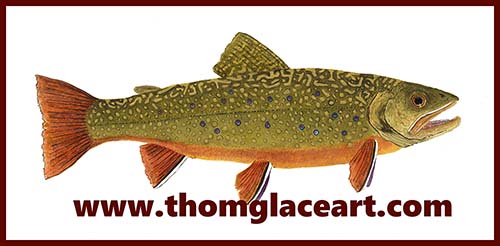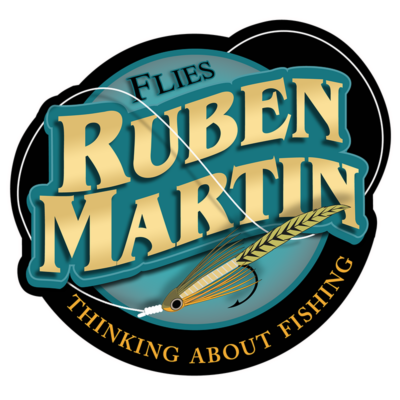Why are you going to tube flies?
By Henry Clement
‘Why bother,’ Angie said. It is not a bother, I told her. It is more like a convenience, showing her an Elk Hair Caddis tied by Ruben Martin in about a #16?
‘Where is the hook?’ Angie queried. I showed her the options for attaching the hook through the tube after the fly was tied. ‘Ah,’ she exclaimed. She immediately saw the advantage: whatever hook you want, I said, or that best serves the situation, which could change quickly—for example, a heavier hook to get deeper faster, a smaller hook to enable better casting, and so on.
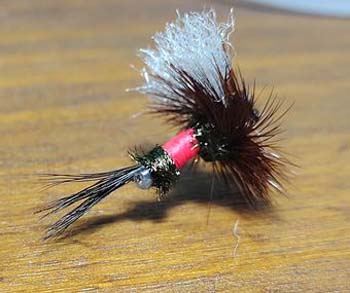
Ruben Martin’s Tube Humpy.
What about tying tube flies? All the different tools and special vises
I told Angie there is a price for setting up your tube fly option. It costs roughly $10. ‘That is it, ten bucks?’ she said. Yes, but it could be $7 like this one I bought online, or more at a retail operation, like maybe $15? Oh, I forgot, you need the tubes. I have not calculated that because my hook purchases have thus far been zilch because I dip into my hook inventory. Lately, though, I have only been using hooks that better serve my ability to make better casts, enticing more eats. However, tubes are a cost, but could hardly be called a deterrent. Sometimes I use Q-tips, but I heard they can split if they hit a rock in cold weather.
I have not experienced that in the winter, but I live in Georgia and skip fishing from mid-January to mid-February. Temperatures even in those months usually only hit freezing occasionally, mainly in the wee hours before sunup.
It is wasteful to spend $10,000 on a salmon fishing trip without practicing beforehand what you’ll be doing for $10K
‘It is your casting, sir. You are not very good.’ Icelandic guide (Ghillie) to a first-time fly fisherman who could not control the delivery of a fly to salmon for two straight days.
Laughingly, he blamed the guide for his failure. We all agreed he’d be a good candidate for a political career. He did not get it, assuring us we were correct.
It is still all about casting and presenting the fly. And good grief, it cannot be argued that a tube fly, allowing many hook options, is not a better solution in many instances. It is better if casting ranks high on your angling benefits list.
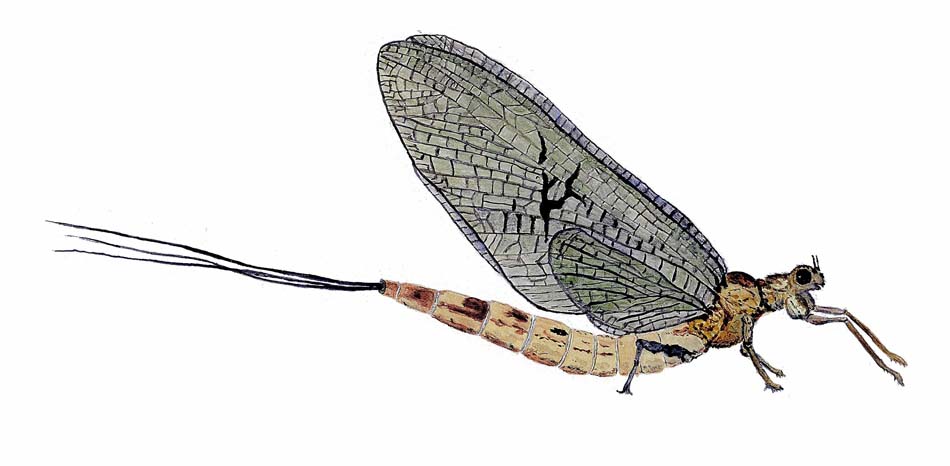
Aquatic insects tied as tubes in the #20s, like this Eastern Green Drake in a shucking stage (emerging), are not usually an advantage or disadvantage, hook-tied or tube-tied. For many non-pro tiers, once into the #20s, the fun leaves the playing field, or it does for me. I buy my small flies from pro tiers—Illustration by Thom Glace.
Why are we always catching more fish with your tube flies?
If you’re talking about streamers, it’s obvious. Streamers are usually big flies, so I think it’s more about being able to cast better.
Other contributions
Better catch stats depend on choosing the hooks on tube flies, managing their implementation more than once, and not losing a fly after one hookup or ruining the hook point on a rock.
Alternate materials technology
Fly tying for tenkara applications, conventional hook-tied, tube-tied, spey-style flies, and any category within each tie has benefited from materials technology. The list is too long to print, but synthetic furs, yarns, and foam products should come to mind.
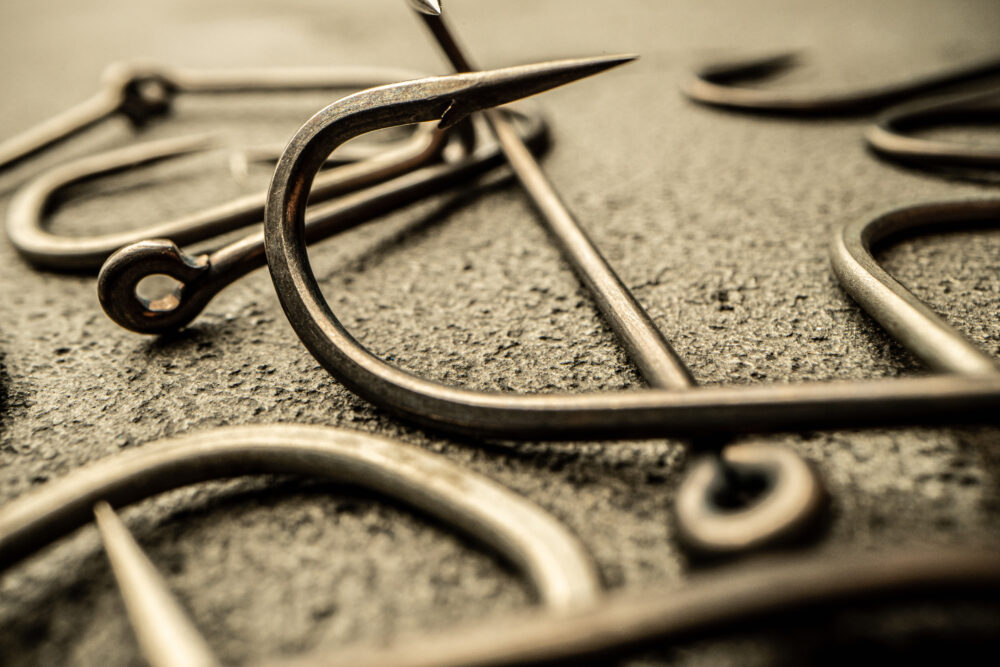
Fly fishing hooks are currently preferred with the barb flattened or purchased barbless. With a tube fly, you always choose the hook after you tie the fly or change it while angling to improve the outcome. Envato image.
Fly tying is gaining more DIY adherents because of the advances in materials technology. There is no need to hunt down exotic hair, fur, feathers, and skins. Synthetics are readily available at very low prices.
A novice tier could become a talented tier in a few months
YouTube has advanced the tying skills of even the most gifted tiers. You can watch Ruben Martin tie flies with hacks he shares with the world—techniques that took him decades to discover.
Current tiers of note: Tim Flagler, April Vokey, Peggy Brenner, Charlie Craven, James Spicer, Selene Dumaine, Matt O’Neal, Jay Nicholas, Joan Wulff, and many others share decades of learned secrets in almost every YouTube post.
Watch Ruben Martin tie a tube nymph


